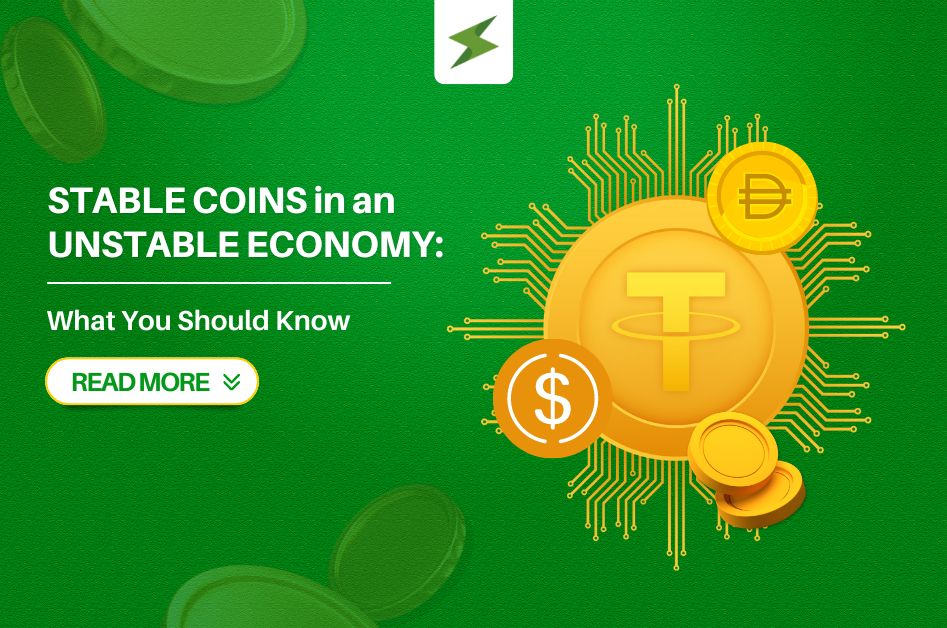
In the same way that an unstable economy can cause inflation, a stable economy can help prevent inflation. Stablecoins are designed to be less volatile than other cryptocurrencies, making them a good choice for those who want to use digital currency in their day-to-day lives.
What Is a Stablecoin?
If you’re looking for a cryptocurrency that doesn’t fluctuate, a stablecoin is a good option. It is a cryptocurrency that is pegged to an asset like gold or fiat currency. The value of the coin will remain the same because it was designed to be less volatile than most cryptocurrencies, which means that its value won’t fluctuate wildly when compared to other coins in the market.
Stablecoins are also backed by real-world assets instead of speculation on their future value like other forms of crypto (like Bitcoin). This makes them more attractive to investors who want steady returns on their investments and don’t want their money tied up in something risky like Bitcoin’s price swings depending on market sentiment or product developments.
Stablecoins provide stability for investors looking for less volatility when getting involved in the crypto economy without needing direct access to fiat currency assets such as dollars or euros; however, these assets may still be used if needed through services such as Tether (USDT) which can convert USD into USDT at any time through their platform.
Types of Stablecoins
There are three main types of stablecoins. These are:
- Fiat-collateralized: Stablecoins that use a government-issued fiat currency such as the USD, EUR, GBP or JPY as collateral in order to maintain their stable value.
- Crypto-collateralized: Stablecoins backed by cryptocurrencies and redeemable at any time for the underlying digital currency.
- Seigniorage shares: Stablecoin which uses algorithms to increase supply in order to decrease volatility against a fiat currency or a group of currencies when it’s necessary. It is also known as the non-collateralized stablecoin.
How Do Stablecoins Work?
Stablecoins are a type of cryptocurrency that is pegged to a real-world asset, such as the US dollar. They are designed to be a reliable store of value, acting as an alternative to traditional financial institutions.
Stablecoins are often compared with fiat currencies or government-issued money because they have similar attributes: a stable exchange rate, relative security against theft and counterfeiting, and universal acceptance as payment for goods and services. But unlike regular currency (like USD), you can’t just print up more when needed. Instead, this “digital gold” relies on mathematical algorithms that control its supply and demand in order to maintain its stability over time.
USDT vs other stablecoins
USDT is a stablecoin, meaning it’s a cryptocurrency that’s tied to the value of another asset. In this case, USDT is tied to the US dollar. It’s backed by US dollars in a bank account and audited every month.
The US dollar isn’t tied to any country or government; therefore, USDT isn’t either—it can be used anywhere without restriction. The downside of this is that you might not be able to use it internationally if there aren’t enough sellers accepting USDT as their local currency (which may be true for some countries).
Another way of looking at it: If you buy $100 worth of BTC and then convert those BTC into ETH, then your purchase amount might fluctuate significantly depending upon which exchange rate at the time you make the purchase!
The USDT stablecoin has been one of the most popular in the crypto community for years now, and it’s easy to see why. The price of Tether is closely tied to the U.S dollar, which means that you can use it as a safe haven during market downturns without having to worry about losing your money.
If you’re interested in using USDT or other stablecoins as part of your investment strategy, we recommend reaching out to SekiApp to make sure everything goes smoothly. We will advise you on how much risk there is with these types of investments so that you don’t lose any sleep over them!

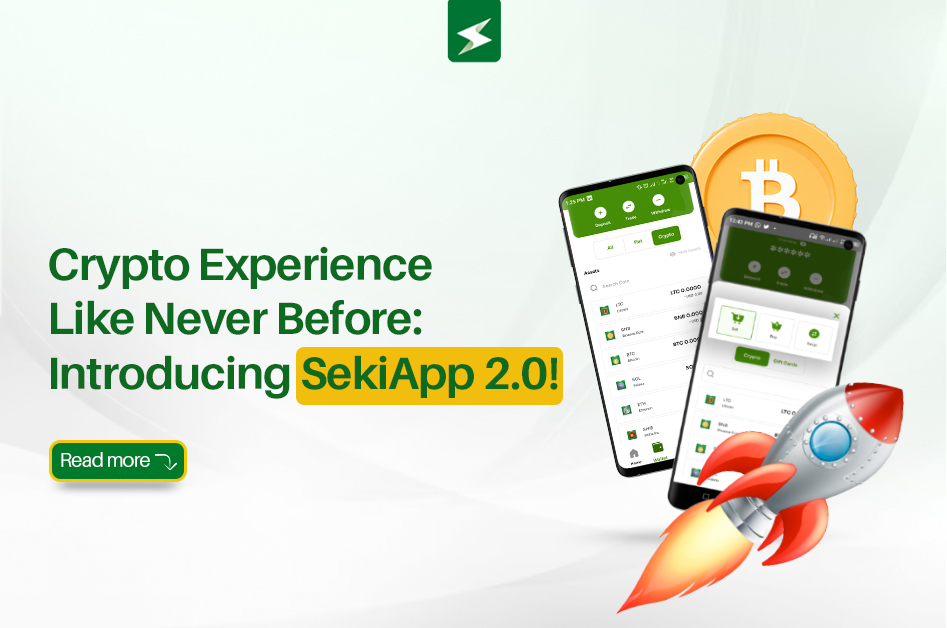
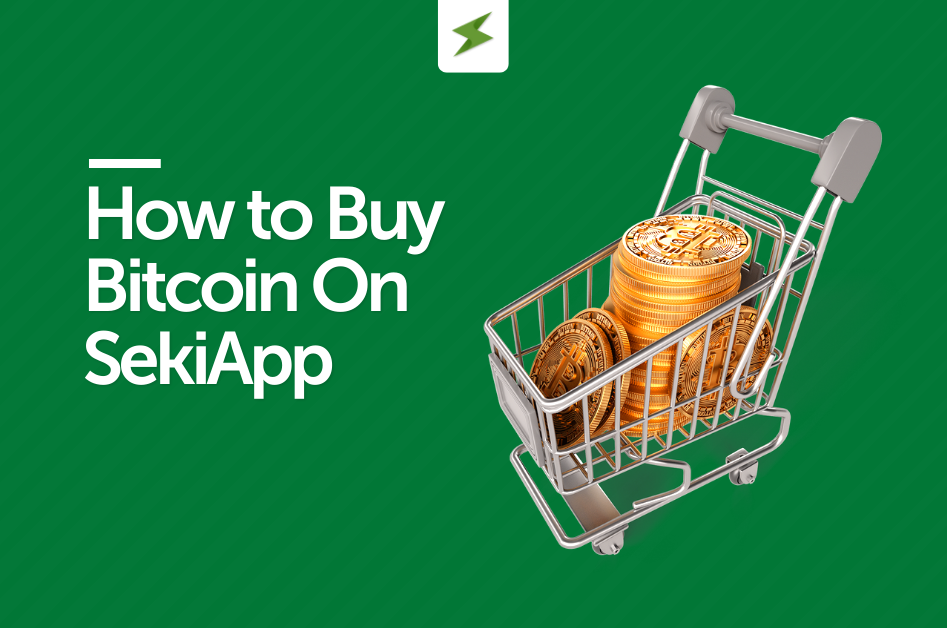
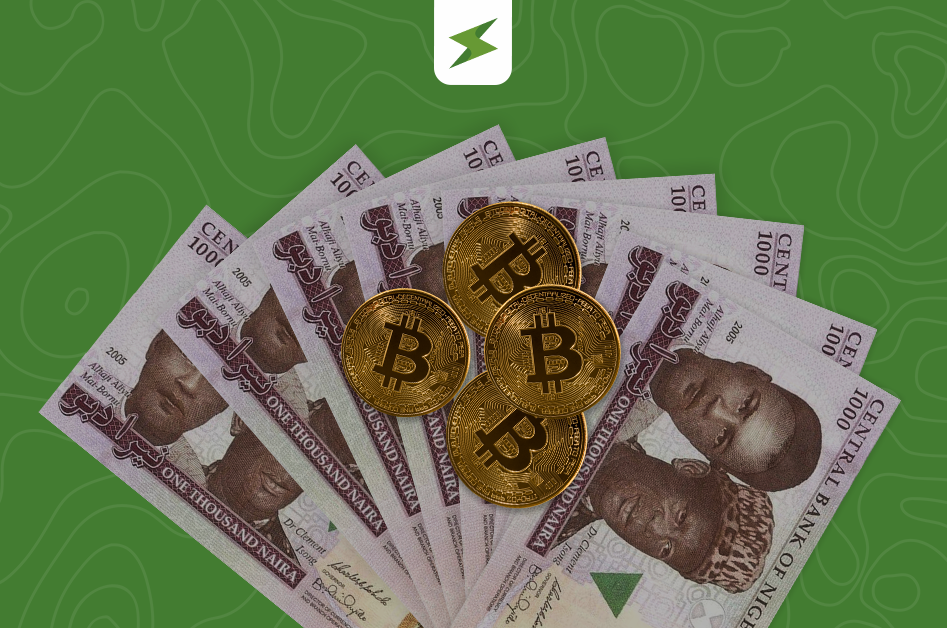
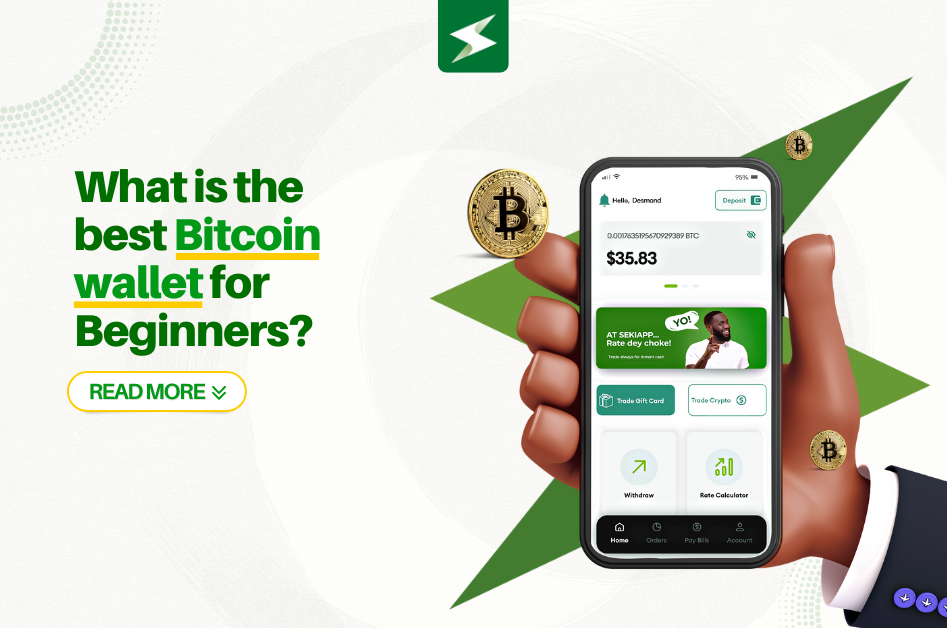


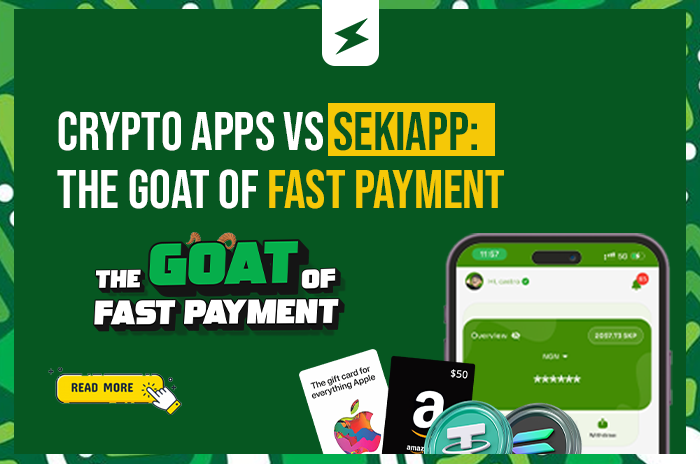



One Comment
[…] we’ll take you through the ins and outs of swapping coins on SekiApp, from the magic of USDT to choosing the perfect crypto for your needs. So, let’s dive right in and get ready to swap […]
Comments are closed.